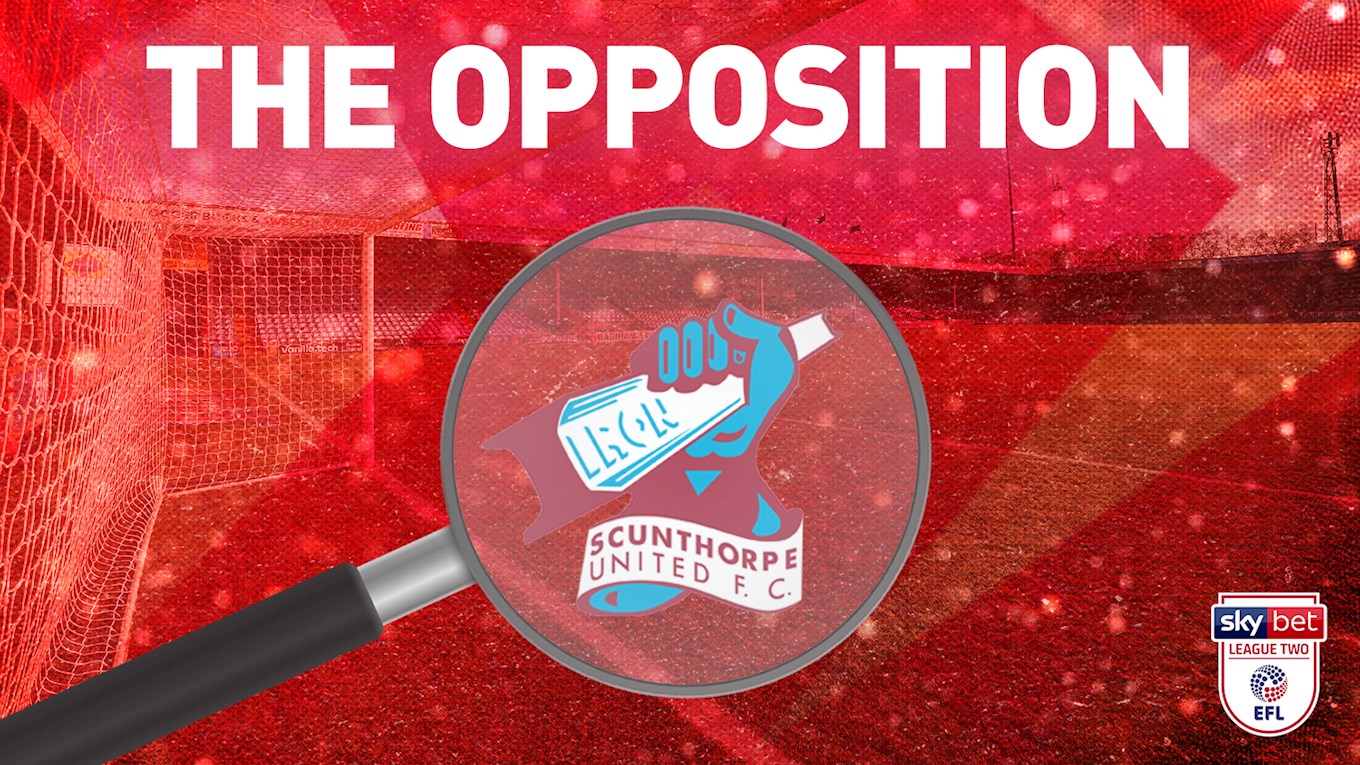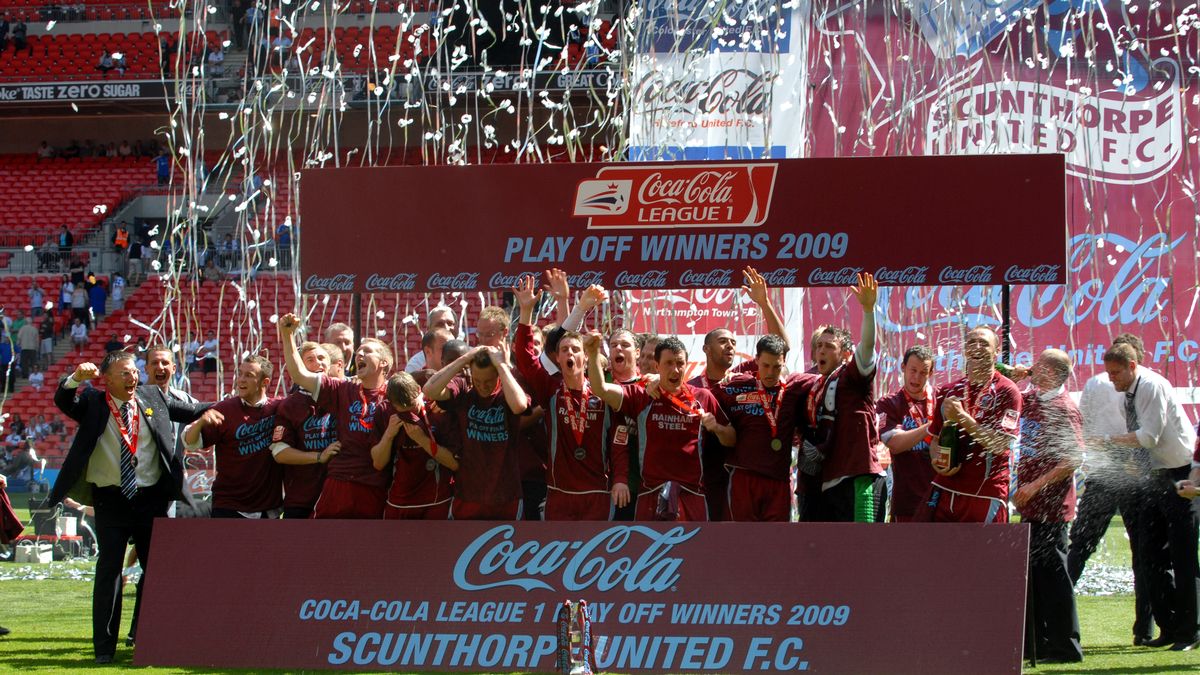City return to league action on Saturday with the visit of Scunthorpe United to St James Park.
Here is a recap on the Lincolnshire Club...
- Founded: 1899
- Nickname: The Iron
- Honours: League 1 (2006/07), Division 3 North (1957/58)
- Home Kit: MACRON claret shirts with blue trim and sleeves, claret shorts, light blue socks
- Away Kit: MACRON Black shirt with yellow claw strikes, black shorts with yellow trim, black socks.
- Form: DDWLL (23rd in League Two)
The year of formation for Scunthorpe United is often cited as 1910, but the club can trace its history back to 1899, when Brumby Hall FC, who played at the Old Showground, consolidated their position by merging with other clubs and becoming Scunthorpe United. In 1910, that club amalgamated with North Lindsey United becoming the modern version of the club today.
As is obvious, the club’s nickname reflects its industrial past. Scunthorpe’s Iron and steel industry was established in the mid-19th century after the discovery of ironstone just east of the town. Initially the iron ore was sent to Sheffield until the 1860’s, when better transport links enabled local production to be possible. Total iron production from Scunthorpe at the height of the First World War reached 520,000 tonnes a year, by 1918 and the end of the war, production had raised to 650,000 tonnes.
The Club made their football league debut in August 1950 in a 0-0 draw with Shrewsbury at the Old Showground. A month later Ted Goris became the first Scunthorpe player to score a hat-trick in the League with his only treble of his career. In 1958 Scunthorpe were promoted to Division 2 for the first time in their history after winning the Division 3 North title, but after relegation in 1964 Scunthorpe would wait a while before threatening the second tier again.
In 1968 Scunthorpe found themselves in the Football Leagues basement tier, where they would yo-yo between Division’s 3 and 4 for the rest of the 20th Century. In 2006/07 under Nigel Adkins, Scunthorpe returned to the Championship after winning League 1- finishing 16pts clear of second place Bristol City. The Iron bounced between League 1 and the Championship for the next 3 years but dropped back down to Tier 4 in 2013.
The Iron had a nervy escape from relegation last season, finishing just three points over the drop zone, but they may not be so lucky this term as they are three points from safety in 23rd but have played three more games than Colchester.
The Manager
Keith Hill
The vastly experienced Keith Hill has taken charge of Scunthorpe, tasked with keeping them in the Football League.
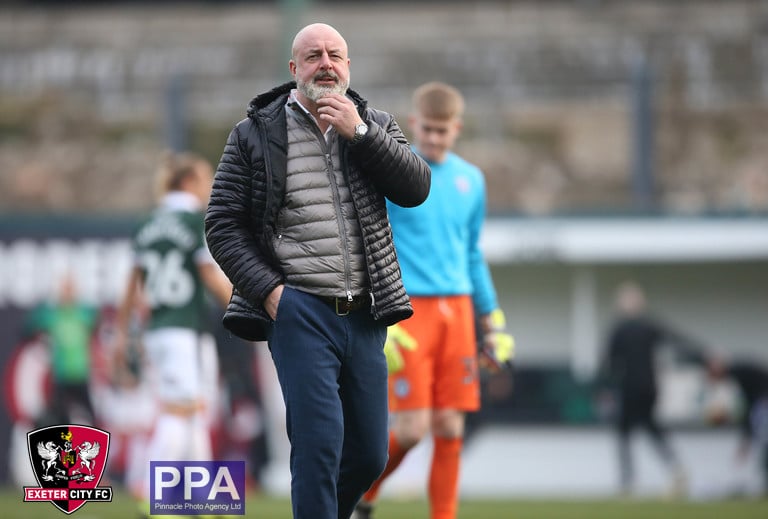
The former Blackburn, Plymouth and Rochdale centre-half has cut his teeth in management in the on the touchline with a number of EFL clubs. Closing in on his 750th appearence as a manager, Hill has his toughest challenge to date, retaining the Iron's Football League status.
Last season he guided Tranmere to the Papa Jonh's Trophy final before departing in the Summer.
The Ground
- Name: The Sands Venue Stadium (Glanford Park)
- Capacity: 9,088
- Year opened: 1988
- Address: John Brownsword Way, Scunthorpe, North Lincolnshire, DN15 8TD
In 1988, The £2.5m project was the first purpose-built football stadium for 33 years since Southend’s Root’s Hall. Scunthorpe originally played at the Old Showground but realised that the substantial improvements needed to renovate the ground were not viable after the 1985 Bradford City Disaster.
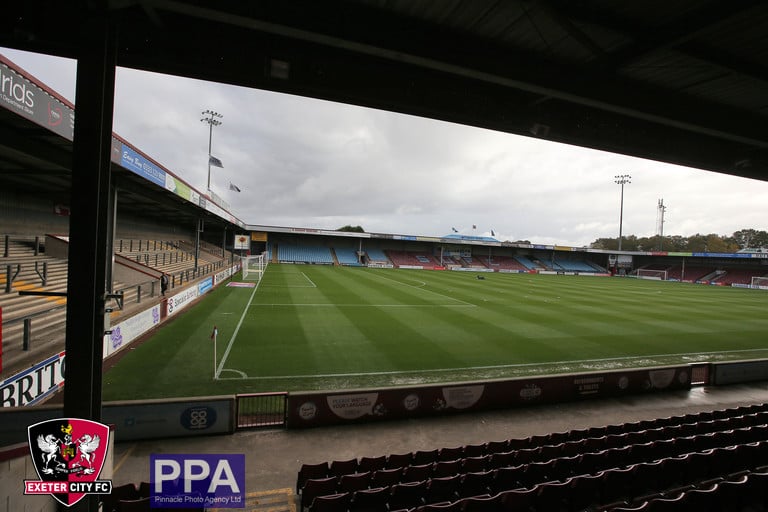
After redevelopments to the two end terraces, the capacity of Glanford Park was reduced from 11,000 to its current value. The Stadium has hosted some of the big names in English football. In 2010, Scunthorpe welcomed Manchester United in the League Cup which brought in a record attendance of 9,077 fans. The Premier League giants ran out 5-2 winners.
In July 2019, Scunthorpe United confirmed planning permission to build a completely new 12,000-seater stadium on the site. The redevelopment of Glanford Park will be built on a stand-by-stand basis over multiple seasons, allowing the Iron to continue playing there without the need to relocate.
One to Watch
Myles Hippolyte
Top scoring with four after the departure of Ryan Loft, Myles Hippolyte lead the way for the Iron. Hippolyte is eligible to play for England, Grenada or St Lucia at international level and was almost recruited for the Grenadian squad ahead of the 2018 World Cup qualifiers.
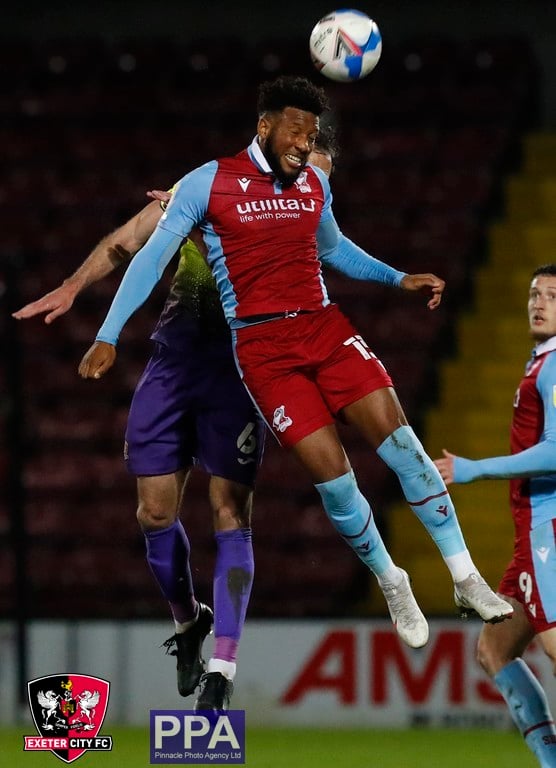
He began his career at Brentford, before moving into non-league with Southall. In 2014, he moved into Caledonia with Livingstone before spells at St Mirren, Falkirk and Dunfermline Athletic.
He opted for a Westcountry move in 2019, joining Yeovil before finally making his English Football League debut with Scunthorpe last season.
The 26-year-old winner possesses pace and great skill, and is currently on penalty duty for the Iron.
Head-to-Head
At just over 3 goals a game, fixtures against Scunthorpe are usually quite open affairs. Both teams have handed out their fair share of thrashings too. Exeter have scored more than 4 against Scunthorpe no less than seven times, on some occasions that still wasn’t enough to win the game.
Over the 56-year history of the fixture there have been 5-4’s; 4-3’s; and a 7-1, though the latter did not favour Exeter. City’s ‘recent’ form against Scunny (dating back to 2011) marks: WLWWW.
Exeter City wins: 20
Draws: 14
Scunthorpe United Wins: 23
Recent Encounters
Exeter City 4 Scunthorpe United 0 | Sky Bet League Two | Sands Venue Stadium | September 11, 2021
A seamless performance on the road was capped off with goals from Matt Jay (x2), Josh Key and Tim Dieng.
Scunthorpe United 0 Exeter City 2 | Sky Bet League Two | Sands Venue Stadium | 9th March 2021
A superb Matt Jay free kick and a Sparkes solo effort did the damage as Exeter left Lincolnshire with all three points.
Exeter City 3 Scunthorpe United 1 | Sky Bet League Two | St James Park | 24th October 2020
Joel Randall, Matt Jay and Jake Taylor were all on target as the Grecians coasted to a comfortable victory at EX4.
And Finally…
Frank Soo, who was Scunthorpe manager between 1959/60 was a pioneering figure of Chinese ethnic background in English football. He was both the first player and manager of Chinese descent in the Football League and also the first to appear for England (albeit in an unofficial wartime international).
